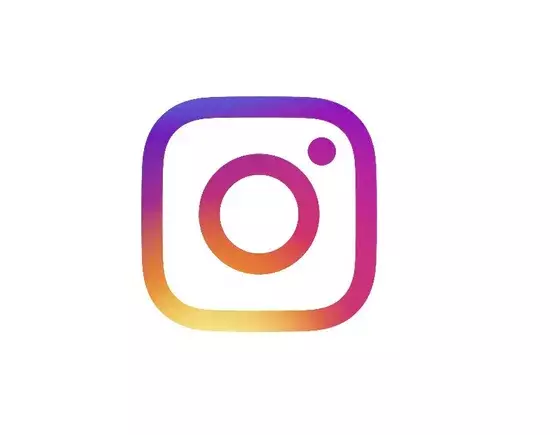Instagram has become a significant player in the digital marketing landscape, with thousands of brands vying for attention on the platform. However, with popularity comes a host of misconceptions, particularly about how the app manages posts labeled as sponsored content. Adam Mosseri, the head of Instagram, is making an effort to clarify these misunderstandings through a series of informative posts. The latest of these addresses a persistent myth: that the platform deliberately downranks sponsored content to coerce brands into paying for wider reach.
In his recent statement, Mosseri firmly insists that Instagram does not penalize posts marked as “sponsored.” He emphasizes that while it is essential for creators to tag their content appropriately to comply with legal regulations, this transparency does not come at a cost in terms of reach. The common belief is that Instagram benefits from discouraging unpaid promotional posts, thereby incentivizing brands to invest in paid advertisements for greater visibility. However, Mosseri’s clarification indicates that such downranking is not part of Instagram’s operational strategy.
Mosseri suggests that user behavior might be a more significant factor influencing engagement rates with sponsored posts. The presence of the “Sponsored” tag might cause users to scroll past these posts, thereby inadvertently leading to lower interactions. This behavioral pattern could account for the perception of reduced reach and engagement, rather than any ulterior motives from Instagram’s management team. Thus, the presumed penalty associated with sponsored posts seems more a byproduct of user preferences than a strategic maneuver by the platform itself.
While Mosseri provides a transparent viewpoint on the matter, it remains crucial to consider the broader context of user engagement. The historical perception of social media platforms, particularly Meta’s ownership of Instagram, has often been one of skepticism. Users and brands that have previously experienced fluctuations in reach and engagement may continue to harbor doubts about the platform’s intentions. This skepticism could persist despite clear communication from Mosseri, highlighting a deep-rooted mistrust that exists within the social media landscape.
Moreover, Mosseri’s ongoing efforts to debunk myths—like the one surrounding branded content and the presence of watermarks—underscore a critical aspect of modern social media management: the need for transparency. Providing straightforward information to users can help mitigate misconceptions and build a more informed community of creators and brands alike. Nonetheless, overcoming the historical baggage that comes from past decisions made by Instagram and Meta will require sustained efforts in transparency and communication.
Mosseri’s commitment to addressing myths surrounding sponsored content is a positive step toward fostering trust and understanding between Instagram and its users. By clarifying that the platform does not intentionally downrank sponsored posts, he opens the door for creativity and compliance among creators. Nevertheless, as the digital landscape continues to evolve, Instagram must remain vigilant in addressing user concerns and maintaining clear channels of communication. Trust can only be built through consistent clarity and acknowledgment of the users’ experiences, and Instagram has the opportunity to reshape perceptions through proactive engagement. As brands and creators adapt to these insights, there lies potential for a healthier ecosystem on the platform—one that’s defined by cooperation rather than suspicion.


Leave a Reply